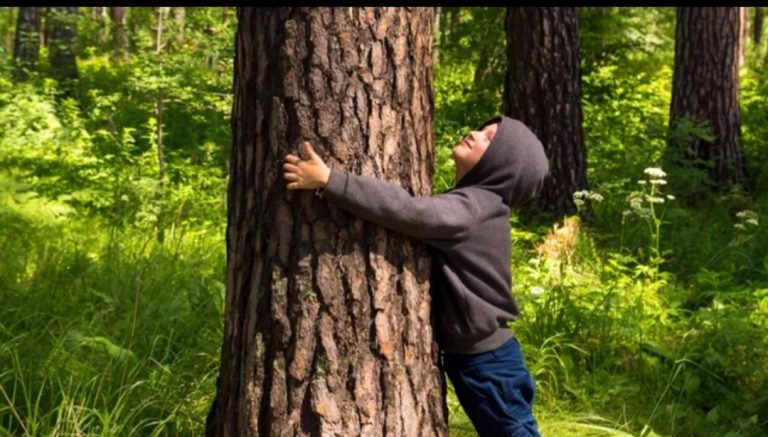
The tree will be registered under the individual’s name after due verification and scrutiny. The trees registered may be part of the person’s property or belong to someone else.
Monitoring Desk
As the world is celebrating the Earth Day on April 22 to sensitize the people on environmental and climate change issues having devastating effects, there are reports that Sikkim state of India has allowed its citizens to grow their family tree. The state legally allows them to forge a personal relationship with trees. The Sikkim Forest Tree (Amity & Reverence) Rules 2017, issued by the Forests, Environment & Wildlife Management Department, allows people to form three types of bonds with trees. An individual can enter a Mith/Mit or Mitini relationship with a tree, which literally means taking a sibling. Trees can also be adopted by those who prefer a paternal relationship, or register a Smriti tree in remembrance of a departed relative.
To formalize the relationship, the citizens will have to submit forms and appropriate documentation to forest authorities. The tree will be registered under the individual’s name after due verification and scrutiny. The trees registered may be part of the person’s property or belong to someone else. In the latter scenario, an agreement will have to be signed between the individual and the owner along with some compensation. In case of the tree growing in a public space, permissions will have to be sought from the concerned government department. Any damage to a registered Mith, adopted or Smriti tree will be treated as a forest offence.
Earth Day
Our planet is an amazing place, but it needs our help to thrive! That’s why each year on April 22, more than a billion people celebrate Earth Day to protect the planet from things like pollution and deforestation. By taking part in activities like picking up litter and planting trees, we’re making our world a happier, healthier place to live.
The first Earth Day was celebrated in 1970, when a United States senator from Wisconsin organized a national demonstration to raise awareness about environmental issues. Rallies took place across the country and, by the end of the year, the U.S. government had created the Environmental Protection Agency. By 1990, Earth Day was an event celebrated by more than 140 countries around the globe.
The number of garbage trucks Americans fill each year would stretch halfway to the moon. Toilet paper tubes, made from cardboard, take two months to decompose in a landfill. A plastic bottle sticks around for way longer—it can take over 450 years to break down! But instead of turning to the trash bin, you could turn these items into an awesome telescope or a flower planter. Before you throw something away, think about whether it can be recycled or repurposed. You can also limit waste by reducing the amount of things you buy. For example, check the library for that book you have to read before visiting the store.
Researchers estimate roughly 15 billion trees in the world are cut down each year, so help offset that loss by planting a tree of your own. Trees absorb carbon dioxide and release oxygen for people to breathe. They also provide shelter and food for animals such as squirrels and owls. Depending on where trees are planted, their shade can even reduce the need for air-conditioning in hotter months.
_______________
Courtesy: CN Traveller and Kids National Geographic